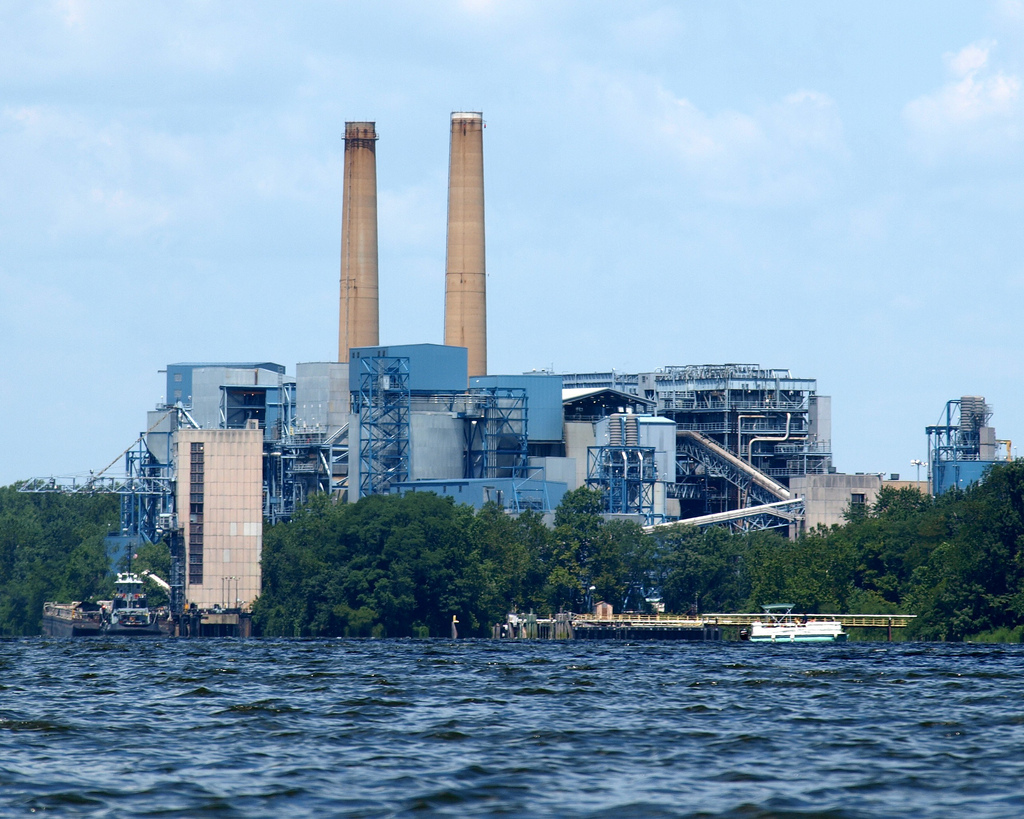Project Summary
Full Summary
Najarian Associates conducted a hydrothermal modeling study to support PSEG’s Section 316 (a) Demonstration for the Mercer Generating Station (“Station”) located along the Delaware Estuary.
County: Mercer
Town: Hamilton
Najarian Associates conducted a hydrothermal modeling study to support PSEG’s Section 316 (a) Demonstration for the Mercer Generating Station (“Station”) located along the Delaware Estuary.
Mercer Generating Station Study Goals
The primary goal of the study was to characterize the spatial and temporal distribution of temperature increases in the Delaware Estuary due to the Station’s thermal discharges over a range of hydrologic conditions, hydrodynamic conditions, and Station operations.
These excess temperature characterizations, along with a coordinated biothermal assessment, were used to assess whether the Station is protective of the Balanced Indigenous Community (BIC) and eligible for a variance from relevant water quality standards for temperature.
Technical Services
Hydrothermal Modeling
To support the model application, Najarian Associates designed a comprehensive field-monitoring program and analyzed the field data to characterize the local hydrography, hydrodynamics, climatology, and spatial extent of the Station’s thermal plume under prevailing conditions.
To characterize non-surveyed conditions, Najarian adapted a state-of-the-art, three-dimensional hydrothermal model to the receiving waters.
Scenario Simulations
Najarian used the calibrated and verified model, including new field data, to characterize the Station’s thermal plume for five operating scenarios. Najarian chose the five scenarios to reflect primary factors that control the size, shape, and movements of the Station’s plume under selected seasonal conditions.
For each scenario of simulated excess temperatures (instantaneous and 24-hour average values), Najarian provided the resulting model outputs of spatial and temporal distributions in the form of plots and tabulations.
Mercer Generating Station Study Results
Model results supported a predictive biothermal assessment that the Station’s thermal plume is protective of the BIC.
The model study, approved by NJDEP and DRBC, granted the Station a variance from the Surface Water Quality Standards for temperature. Additionally, because Najarian designed such a comprehensive model study, PSEG was able to re-submit similar model results in the next two NPDES Permit cycles for the Station; thus, providing long-term cost savings for PSEG.
Technical Services
- Hydrothermal Modeling
- Scenario Simulations
- Field Sampling Design
- Dissolved Oxygen Modeling



